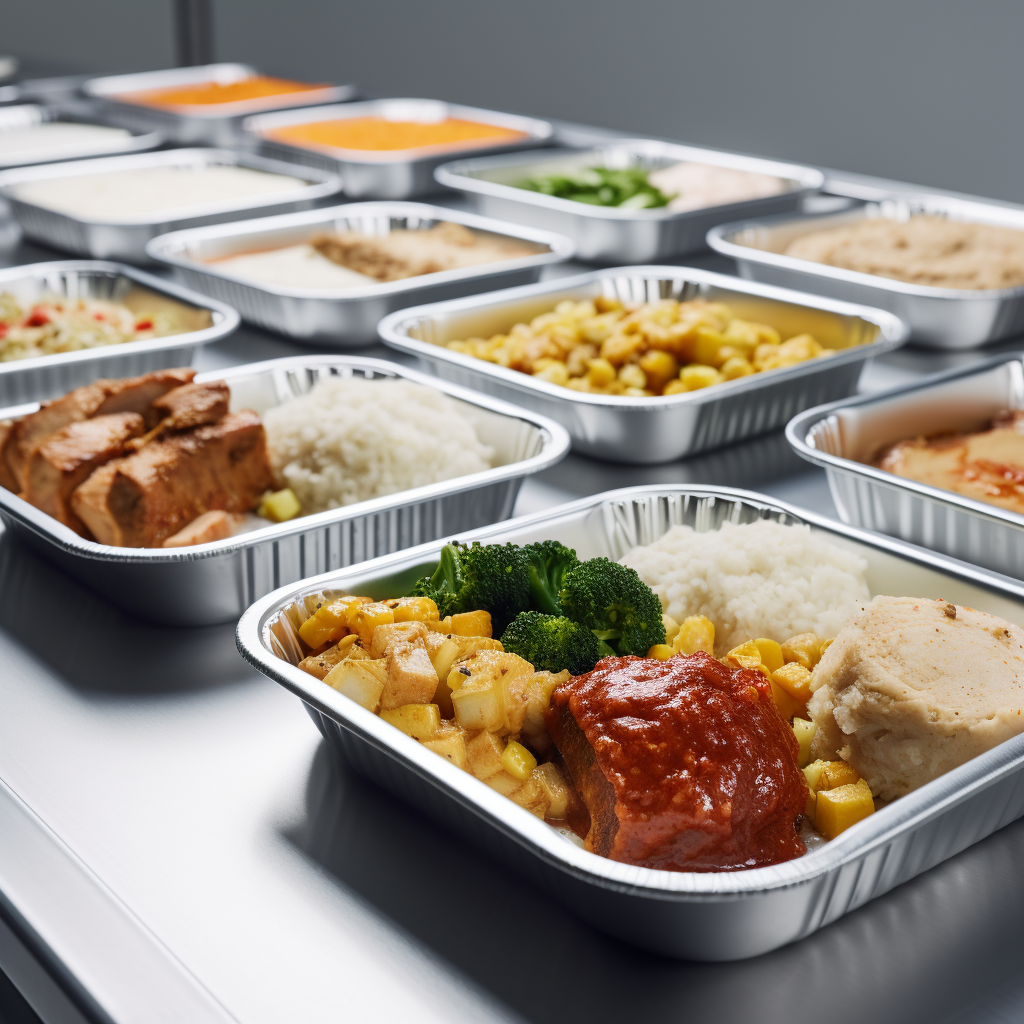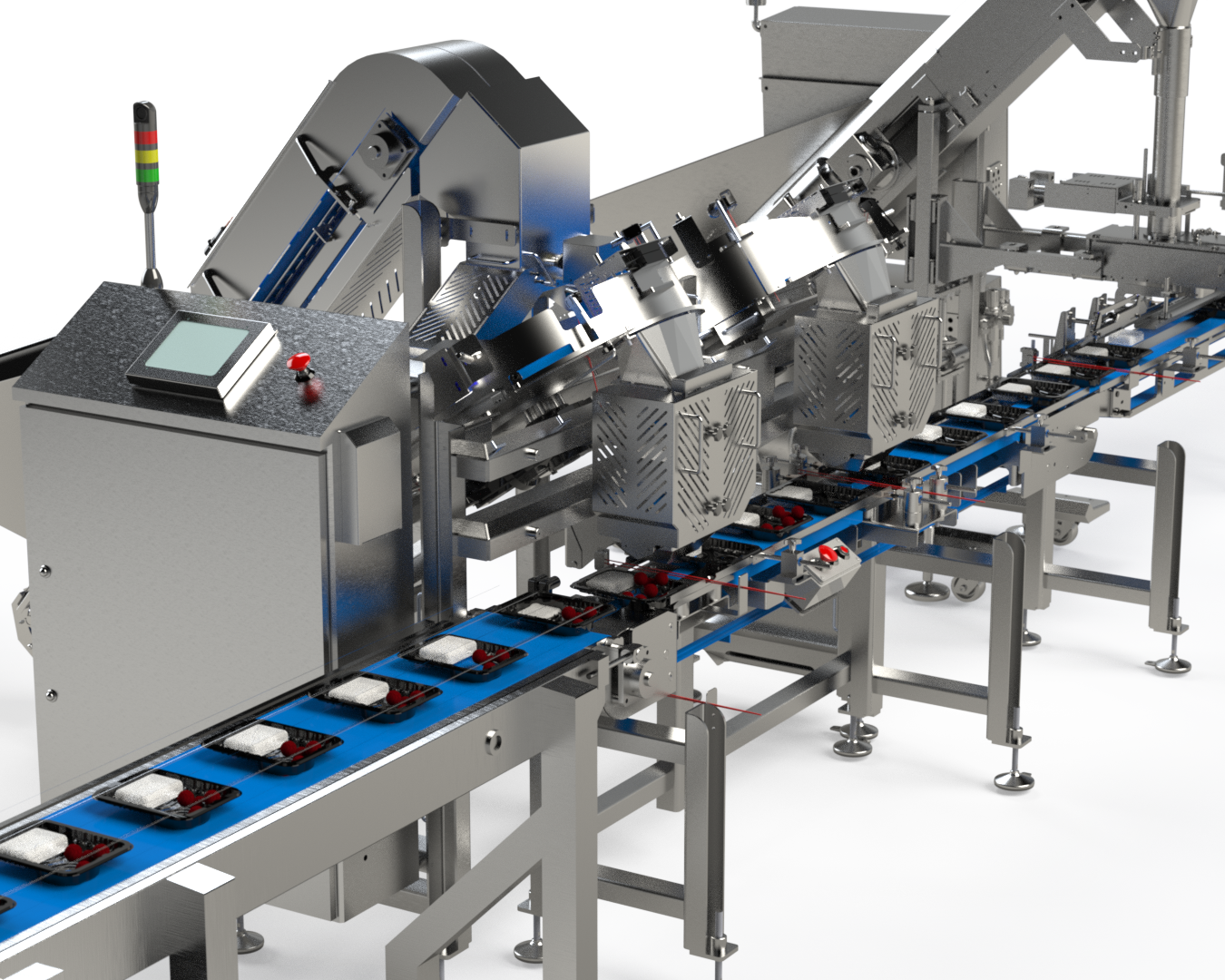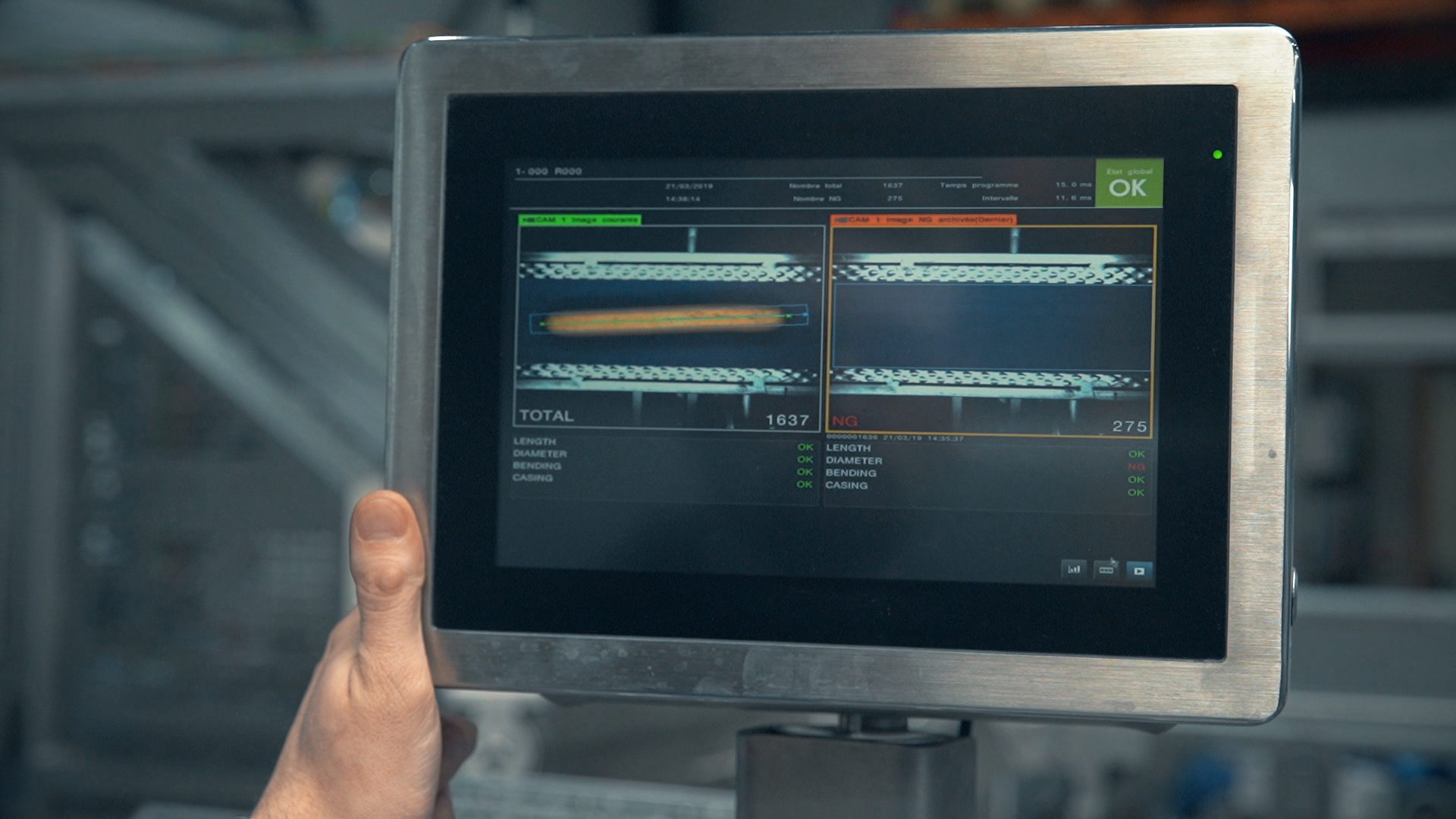Why Should You Automate Your Filling Systems?
Automated filling systems are more accurate and reliable than manual food filling systems. Manually filling products can lead to increased wastage, spillage, and inaccuracies.
Moving to automated food filling systems, such as a
volumetric filling machine can boost your company’s productivity and efficiency.
For businesses in the beverage and food production industry, automation plays a crucial role. An automatic filling system is one of the most common pieces of machinery that greatly contributes to packaging facilities. It can effectively transfer almost all kinds of liquids and products to various containers without manual assistance.
Here are 6 benefits of using an automated filling system:
Consistency and versatility
Automatic filling systems ensure reliable and accurate fill every cycle — for level fills, accurate volumetric fills, or any other fill based on unique measurements. Automated machines can complete every fill with a certain level of accuracy and reliability that manual filling containers can’t provide. This is also useful because it means you don’t have to be concerned about not meeting certain industry criteria — the machine will fill everything accurately.
Automated
filling machines are also incredibly versatile and can handle a wide range of container shapes and sizes. These machines can also fill thin and thick liquids. This way, you can fill containers with soft drinks, carbonated water, beer, cider, and more. Automated filling machines are a great addition to companies that need to package different products into multiple container types.
Production Speed
Automated filling machines can help you meet your production demands and deadlines. Some automated machines have up to 110 valve fill heads and can reach speeds of up to 40,000 bottles per hour!
The result?
You can fill hundreds of thousands of bottles every day, which is incredibly useful for large enterprises.
Your Business Can Expand
Automated filling machines are also scalable — as your business grows and demands increase, you might need to fill more containers. Fortunately, most automated machines allow you to scale, without having to replace the machine. This way, your business can expand and meet new demands with ease.
It's User-Friendly
Automated filling machines are also incredibly easy to use. Some just require a few manual inputs like the number of times and amount of product needed to complete each filling cycle. You only need to type in this data once — the machine will store the food filling processes in its programmable logic controller (PLC). This way, whenever you need to use the machine for a specific product or filling process, all you need to do is enter the particular recipe number and the machine will get the job done.
Durability
Automated machines are also very durable. This means that they can handle high-demand production requirements without breaking or wearing out. The added benefit is that you can use these automated filling machines for long periods of time, making them a fantastic investment.
However, like most machines, automated filling machines can’t run efficiently forever. You can boost their durability by carrying out proper monthly maintenance checks and by training employees on how to use them properly. Doing so will ensure the machine is operating properly and being used correctly, boosting its life span.
Less Waste
With an automated filling machine, your company can avoid having employees manually scooping and filling a product. This also means that there will be less wastage and spillage.
If you’re looking to invest in automated filling machines, look no further than
Multi-Fill. We offer ideal food filling machines for:
- Rice & Pastas
- Salads
- Vegetables and Fruits
- Meats
Contact us today to get filling systems that’ll boost your company’s production success and profits.
Designing a food filling line: Product is king



Stay in Touch
Product news, tips, subscribe to our newsletter:
Contact Us
We will get back to you as soon as possible.
Please try again later.














